Wouldn’t gardening be far easier and infinitely more enjoyable if you didn’t have to turn the soil and break your back every spring? Each of us has been there and done that! After all, that ritual is what conventional gardeners have taught and passed down from generation to generation.
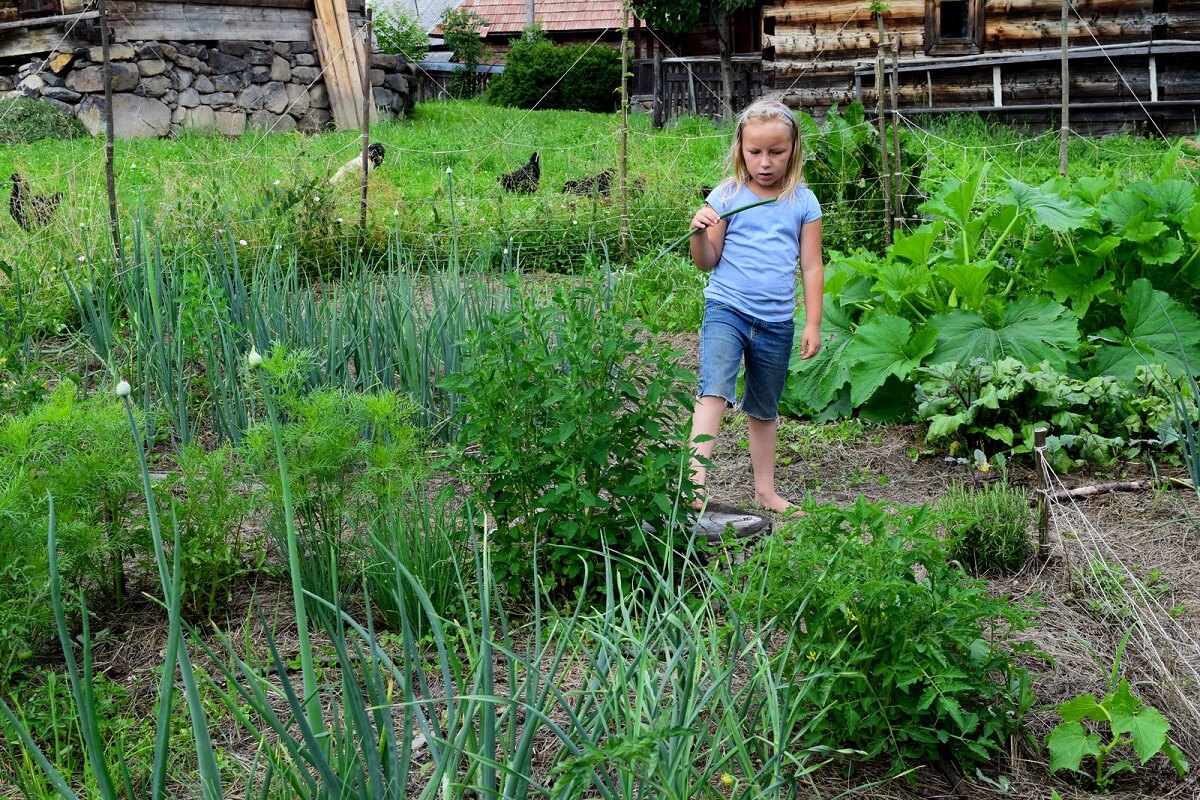
In the search for a better way to garden, one will eventually stumble upon Masanobu Fukuoka and his trials with no-plow farming. Incredibly, it works — not just for rice, but for staple garden crops too! Let nature do most of the work, and you will be rewarded with an abundance of veggies and greens to preserve for winter and eat in season. Just follow some simple rules:
- Don’t cultivate the soil – keep the layers intact!
- Never use chemical fertilizers – add only a modest amount of compost.
- Mulch, mulch, mulch – remove (or harvest) “weeds” only when necessary.
- Forget about pesticides – go organic and embrace the concept of “do-nothing” farming.
The concept of no-dig gardening is still in its infancy. It dates back to the 1940s and was inspired by F.C. King and his book “Is Digging Necessary?” A few years later, the book was followed by another work published in the U.K. titled “Gardening Without Digging.”
Since 1982, Charles Dowding has been growing and raising no-dig gardens in the U.K. with amazing results. The technique has been tested by unconventional gardeners around the world, and we think that no-dig gardening is a productive and efficient gardener’s dream-come-true.
What Is a No-Dig Vegetable Garden?
In a no-dig garden, the soil is free to exist with minimal disturbance. There may be times when you need to use a spade to plant horseradish or to remove root crops at harvest, but in general, the soil remains untouched.
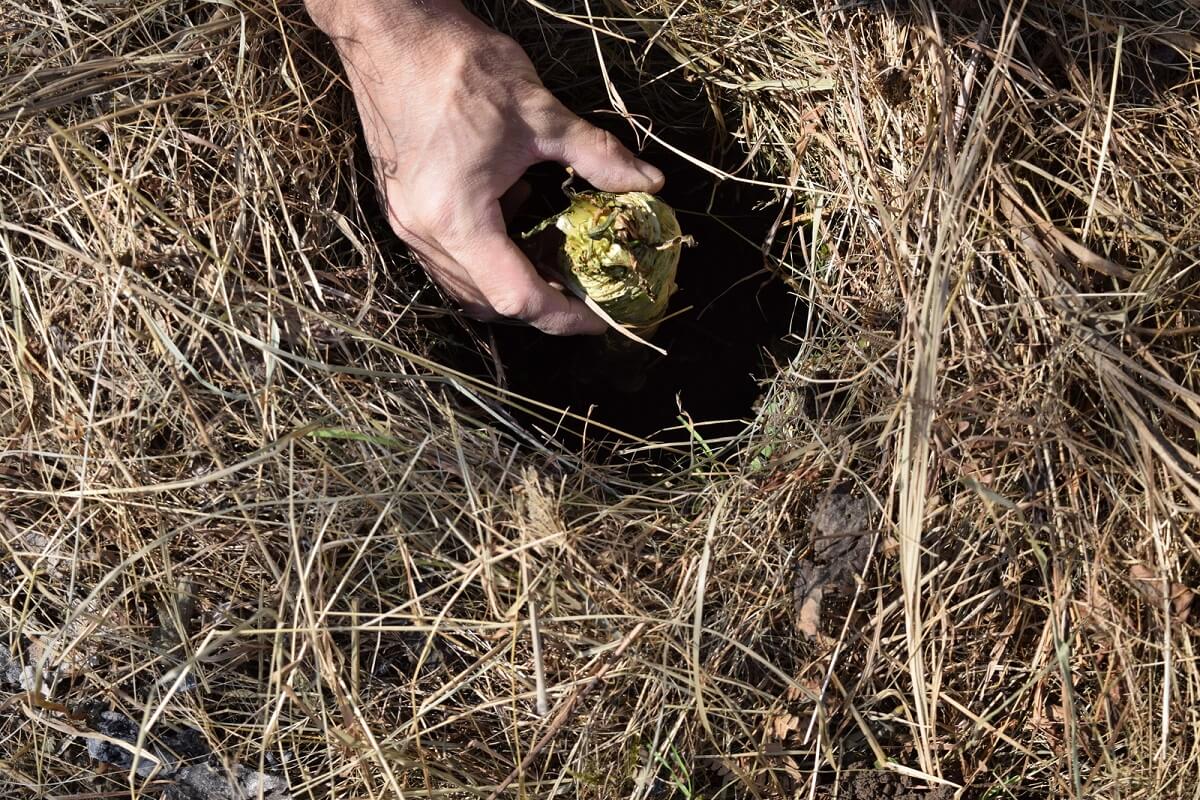
Once your no-dig garden is established, yearly maintenance (such as spreading a very thin layer of manure or compost at the beginning of the season) will provide food for worms and other creatures in the soil. Plants absolutely love undisturbed soil and will thrive in a no-dig garden.
With generous layers of mulch, your no-dig garden will retain moisture very well. So much so you may not even need to irrigate, depending on your climate of course. Mulch also discourages the growth of weeds as they need plenty of sunlight to grow. Weeds germinate less in undisturbed soil and are easy to pull out when you meet them.
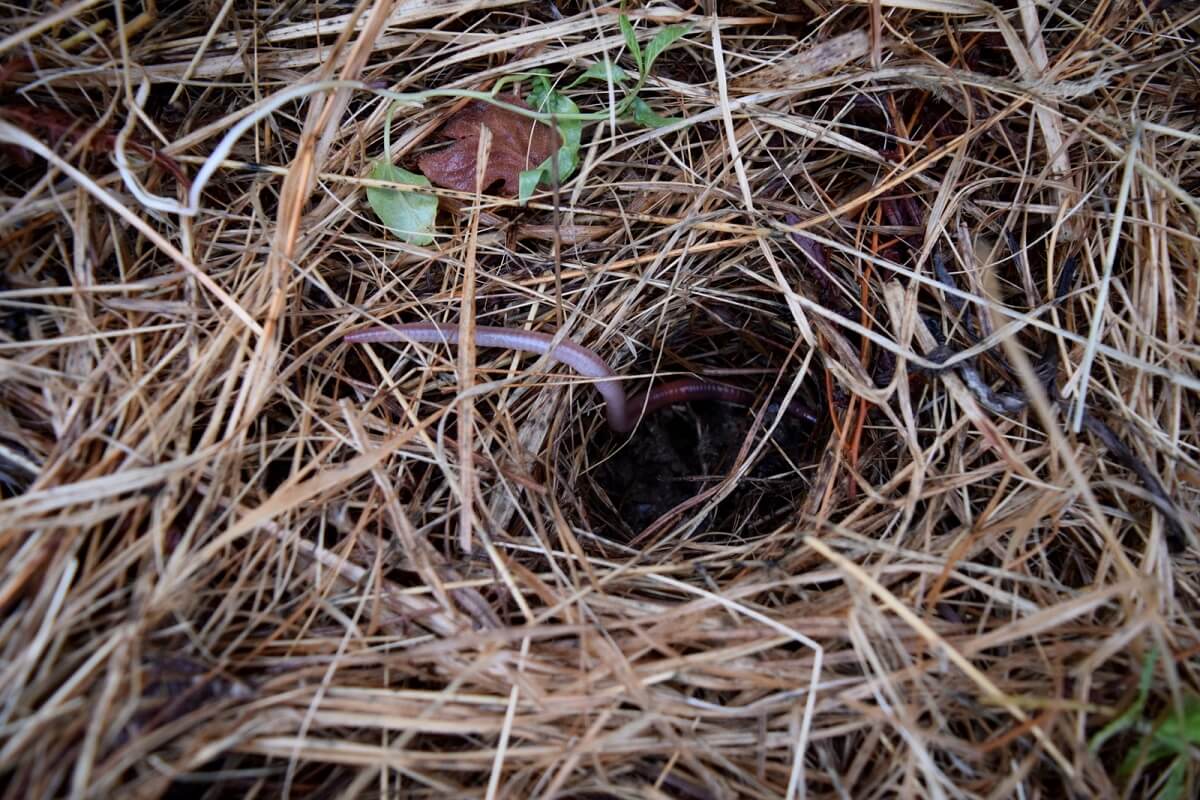
No-digging ensures that the soil structure stays intact, thus allowing the soil time to heal. No-dig gardens also stay very fertile, because the topsoil is protected and allowed to build nutrients. Fertile soil promotes healthier vegetables and fewer pests as the decomposing organic matter becomes rich compost. In return, this compost attracts beneficial micro-organisms in a positive feedback-loop system.
Choosing a Location for Your No-Dig Garden
If you have an existing garden that receives plenty of sunlight, it is beyond easy to convert a conventional garden to a no-dig. Simply cover the exposed soil with both green and brown material, and then plant as usual by folding back the hay (or other layers) where necessary.
As far as garden layout, anything goes. Keep it contained in a rectangle, go full circle, or let it spread as it will. If you have any kind of vines, they will inevitably escape. Fences may help in some circumstances, and you can always guide your wandering tendrils back as you see them reach out for more space.
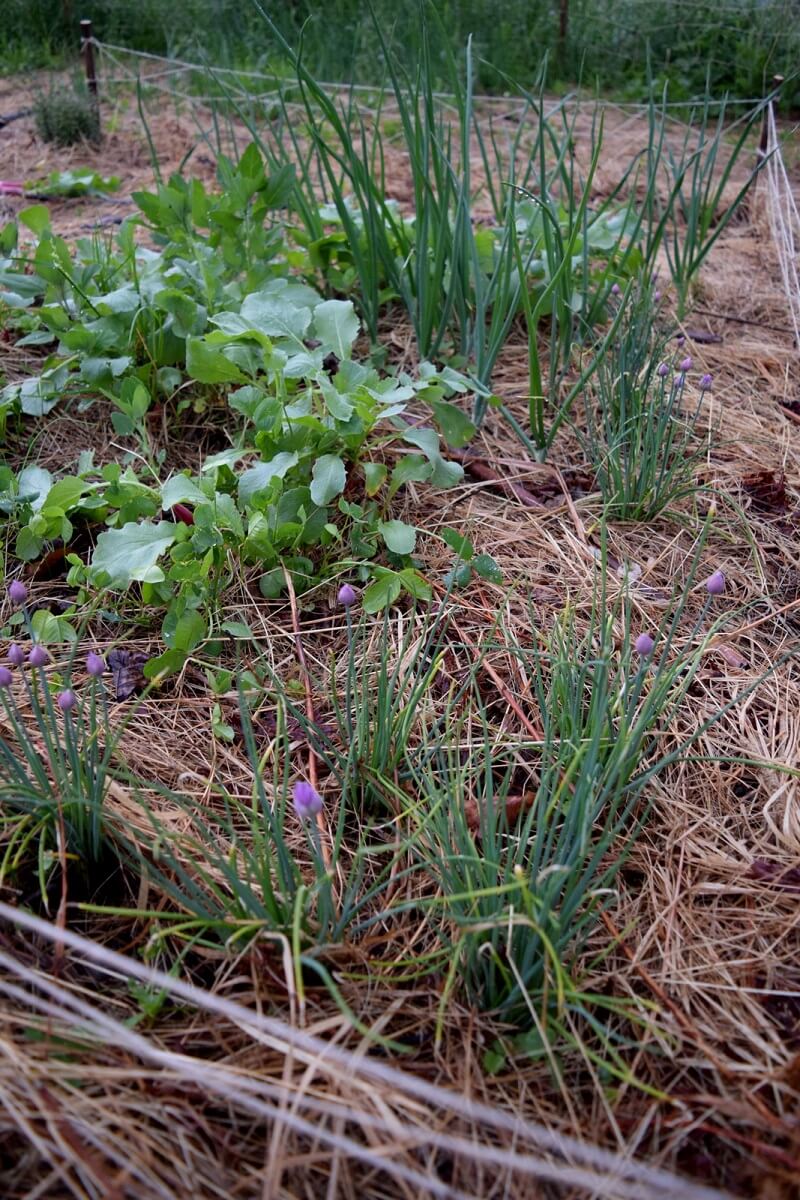
Size-wise it is entirely up to you. Is your no-dig garden a hobby, or are you going all out to provide food for yourself? It is often better to start small and grow year by year as you find out what’s possible for you and your land. Some flowers may need about six hours of direct sunlight a day while others will prefer partial shade — though that can be created if needed.
Depending on your climate, watering may be a concern. If so, make sure that you will be able to irrigate when the rain doesn’t fall. The best thing about a no-dig garden is that you are creating the quality of soil that your plants need as you go season after season. Rather than focusing on your current soil quality, imagine how greatly it will improve over time.
How to Build a No-Dig Garden
To get your no-dig garden started, follow four simple steps.
1. Select a Location for Your No-Dig Garden
2. Add a Layer of Mulch
Spread the mulch over your garden approximately 2 to 5 inches deep. Straw may be used if you have it, but it will break down more slowly. The goal here is to build soil throughout the season or “lasagna gardening” (because of the layers).
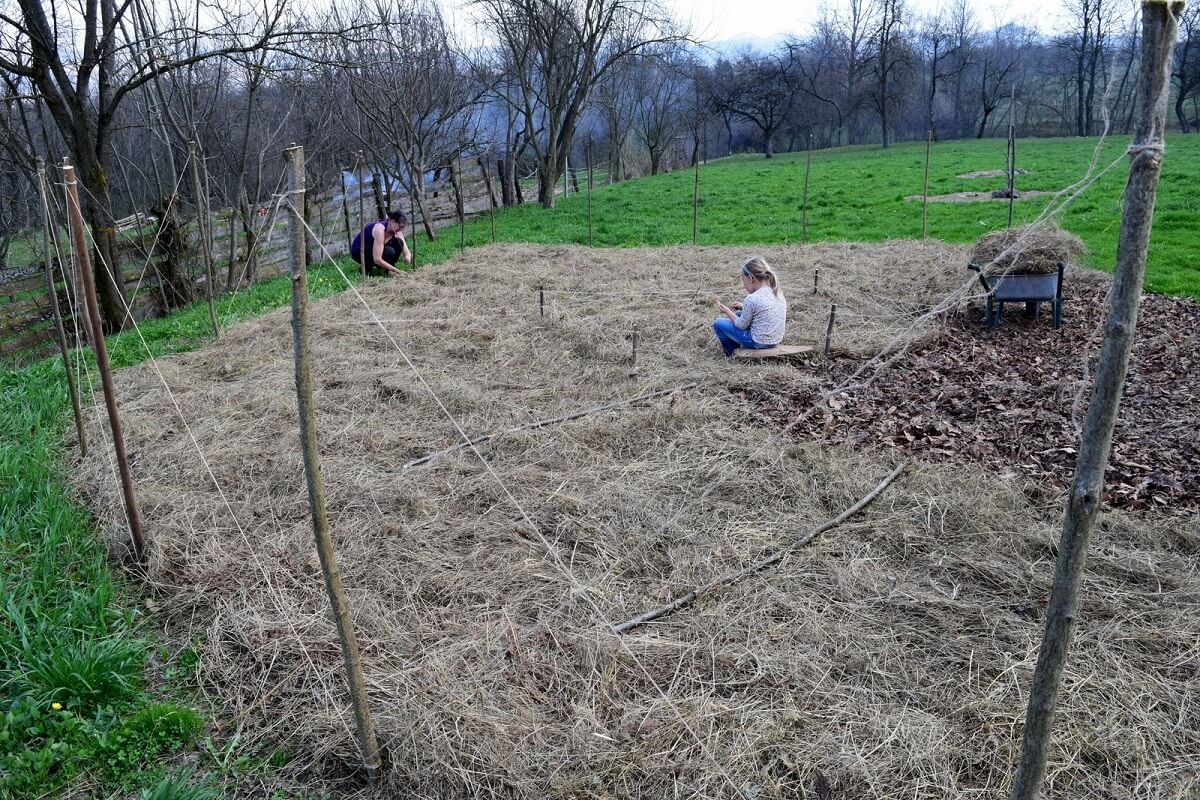
There are two or more sides to every story. Some say to mulch in fall and others say spring. In our experience, spring is the best time to spread mulch. We like to use leaves, hay, and dry grass clippings as natural mulch.
Although you can mulch directly over grass, it may take a while and will require lots of patience. As an alternative, place wood boards over the grass to make the grass and weeds to die back before you mulch.
3. Add a Layer of Nitrogen-Rich Material
Besides the carbon-rich material that is laid down over the soil, you will also need to add nitrogen-rich material such as fresh grass clippings, kitchen scraps, or even green weeds that have not yet gone to seed.
4. Plant Your Seeds
Once planting commences, simply pull back the mulch where you would like to plant and sow your seeds accordingly. Depending on the age of the garden, you may need to scratch the surface of the soil just a bit to plant smaller seeds. You can also try Fukuoka’s approach and plant directly on top of the soil, or mix the garden seeds with a small amount of clay.
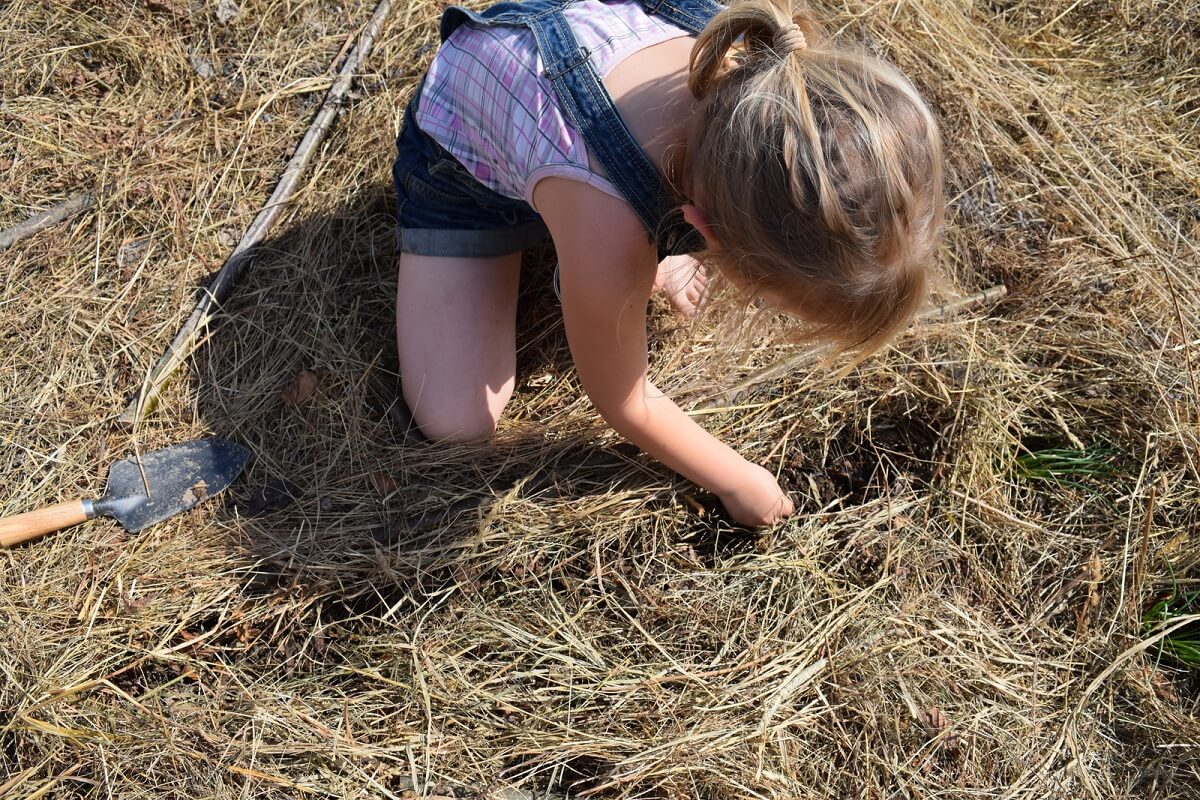
Onion sets can be planted by using a stick or curved piece of wood. Remember, onions only need to be planted 1 inch under the soil, so don’t work harder than needed!
What to Plant in a No-Dig Garden
In our temperate climate with moderate rainfall in northern Romania, we’ve had no-dig gardening success with the following:
- Onions
- Garlic
- Pumpkins
- Zucchini
- Kohlrabi
- Leaf parsley
- Broccoli
- Beets
- Savoy cabbage
- Carrots
- Radishes
- Lettuce
- Chives
- Dill
- Horseradish
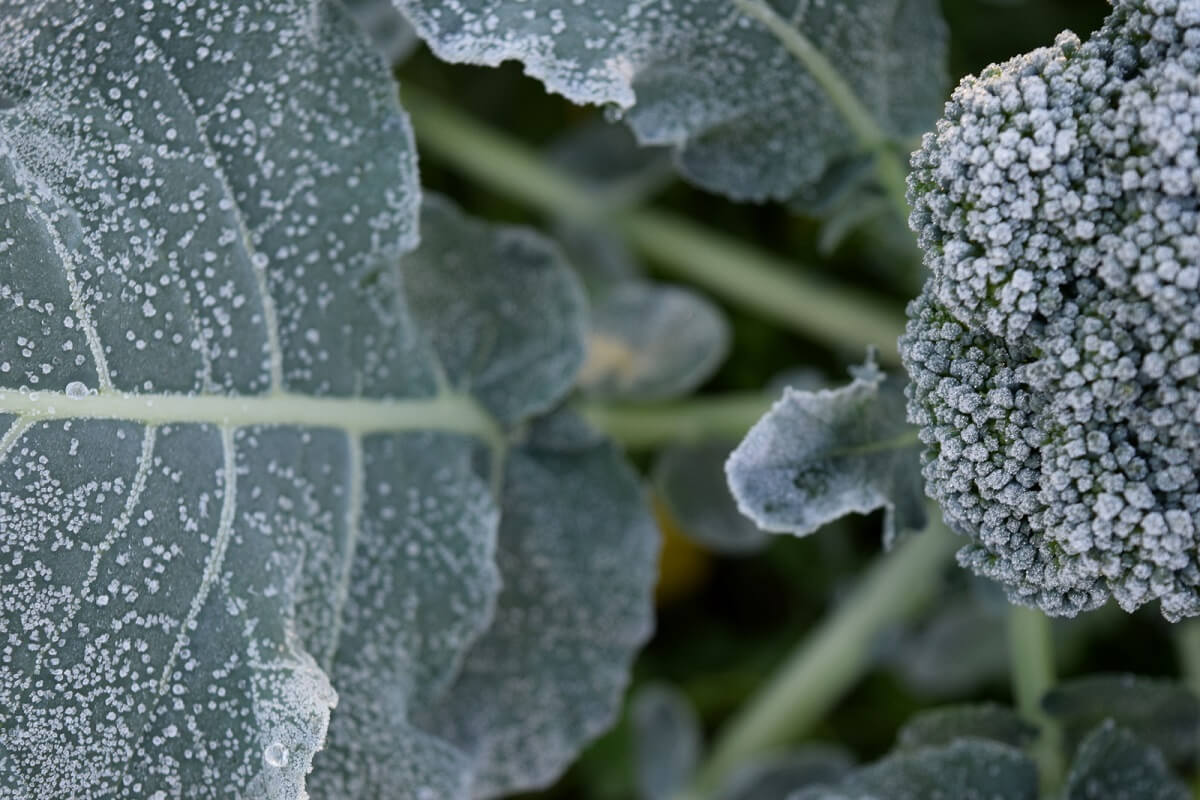
In Romania, it is often too cold for tomatoes and cucumbers, though those crops can grow extremely well with no-dig gardening. However, we always recommend planting what grows well with minimal input. This may mean learning to eat outside your comfort zone at first — such as eating your “weeds.” You may even take to foraging your no-dig garden for additional nutrients in your diet.
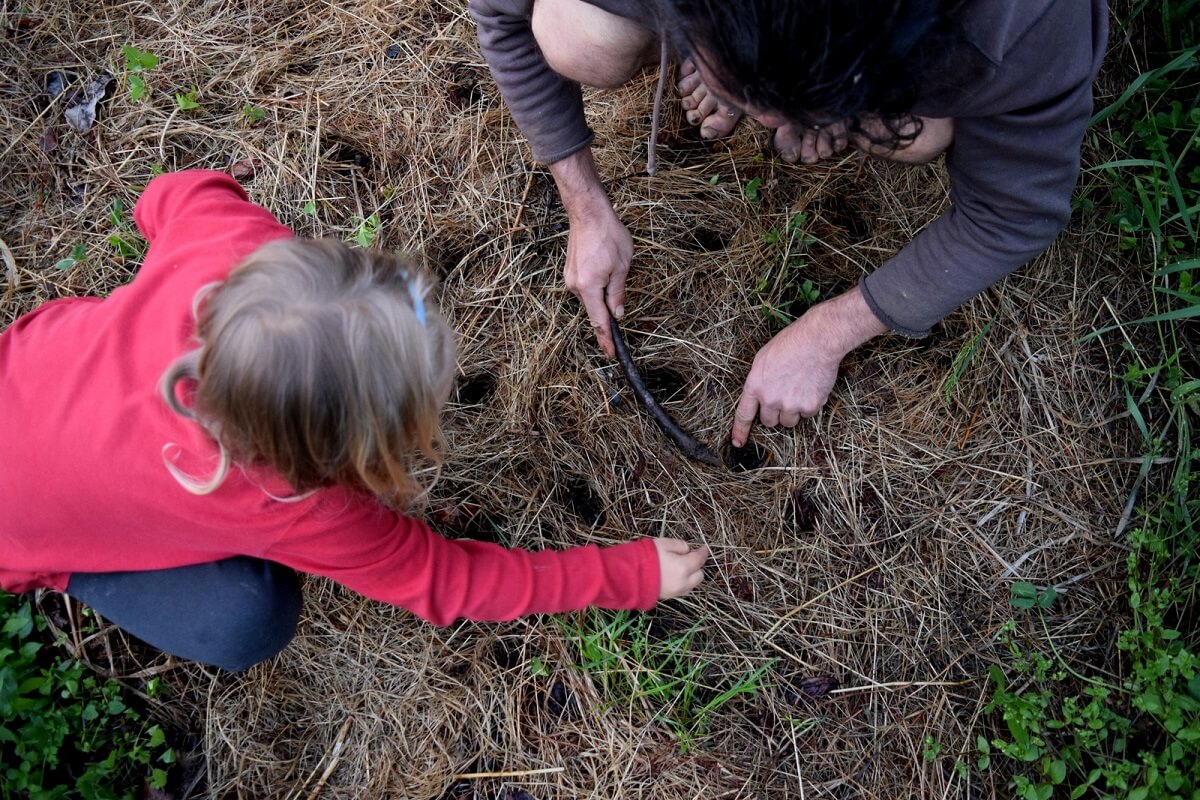
The common weeds we consume either as fresh greens or in tea throughout the summer (and dry for the winter), are goosefoot (Chenopodium album), dandelion, stinging nettle, raspberry leaf and cane, elder flower and wild hops — the green shoot tips and later in the season, their seed cones.
Other Plants for Your No-Dig Garden
You can also plant perennials such as strawberries and rhubarb, herbs, and other edible flowers. Cornflowers (Centaurea cyanus) attract bees, butterflies, and other pollinators. As such, they are a great addition to any garden.
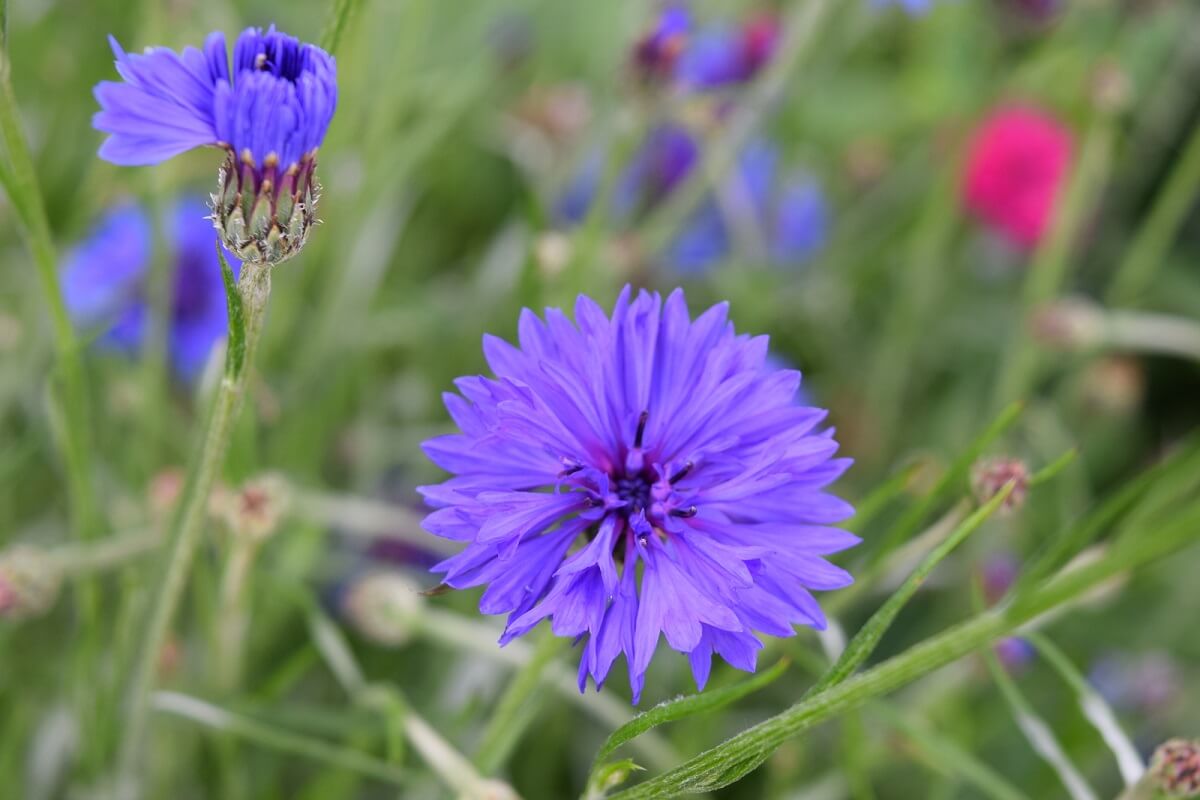
These flowers are edible and they bring about a wonderful memory of summer when adorning a winter cake with the dry petals, but make sure to research your native flora before planting.
How to Maintain a No-Dig Garden
Forget about the spade. Remember to layer instead! Throughout the season, add mulch under plants where it has become too thin, or where unwanted weeds are starting to grow. After you harvest your vegetables, all you have to do is add a layer of manure for winter preparation, and then top with another layer of hay. Let the rain and snow water break down the mulch. It is really as simple as that to work with nature, not against it.
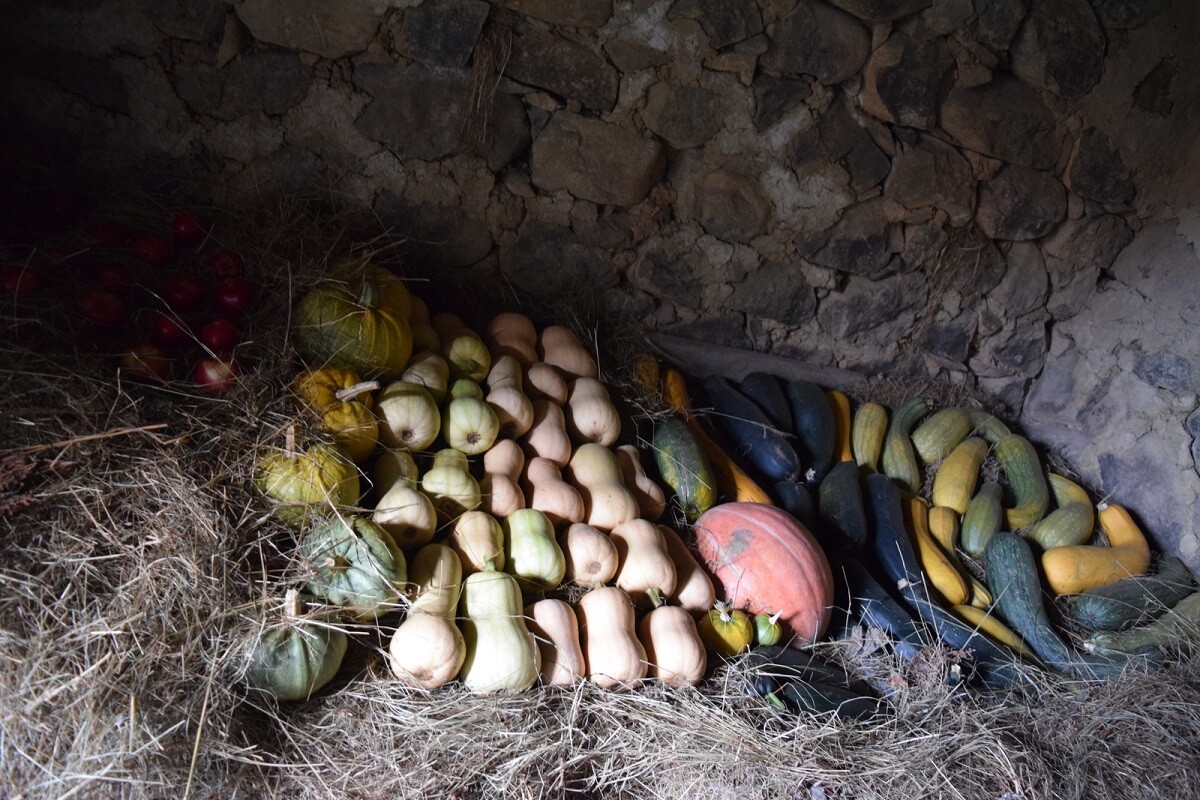
Now go forth and harvest the incredible abundance from your no-dig garden. Then adopt a strong sense of self-reliance, and learn how to dehydrate, preserve, and store your amazing crops. Let your neighbors be amazed that you can grow more than they do with half of the work!
It’s not magic, though sometimes it seems that way. Are you ready to put an end to digging once and for all?
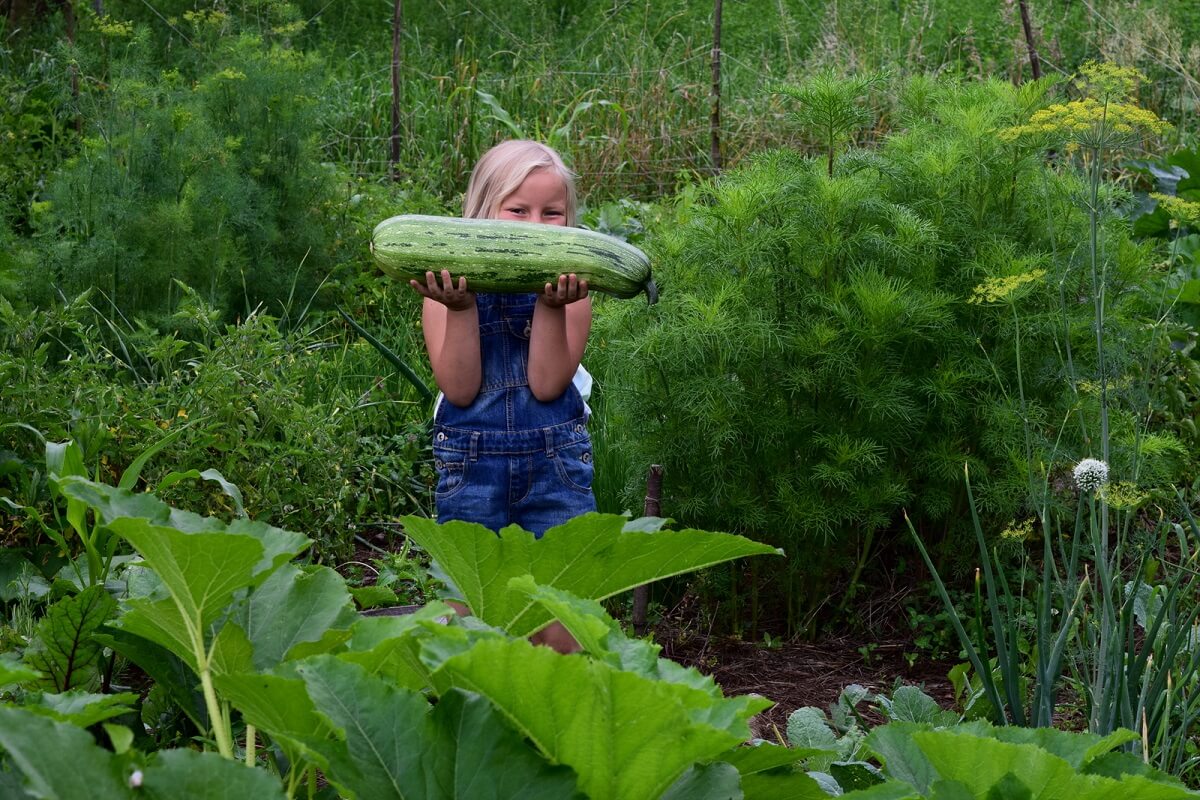
References
- One-Straw Revolution, Masanobu Fukuoka
- Charles Dowding No-Dig Gardening, Charles Dowding
- No Dig Gardening, Deep Green Permaculture
Cheryl Magyar is an environmental freelance writer and sustainable life designer with a passion for growing food locally and organically — meat and vegetables alike. She lives with her husband and homeschooled daughter in the hills of northern Romania. Without a car, a fridge, or running water on their homestead, they have come to love the ways of old, and embrace sustainability. Read more of their stories and poems inspired by the environment at Forest Creek Meadows.



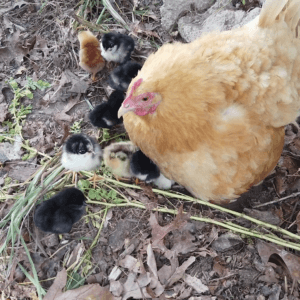


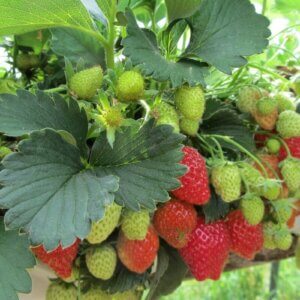


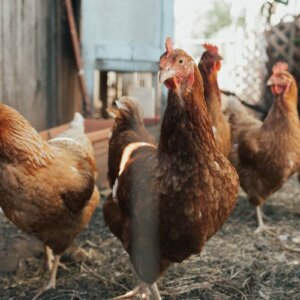
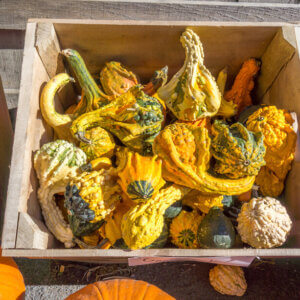

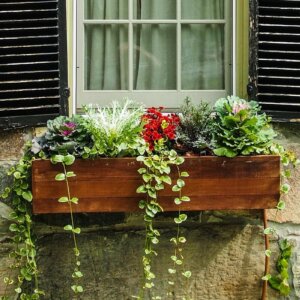




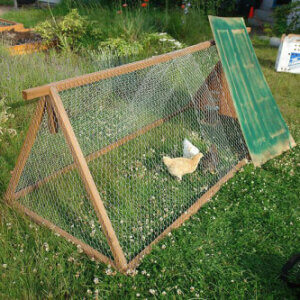
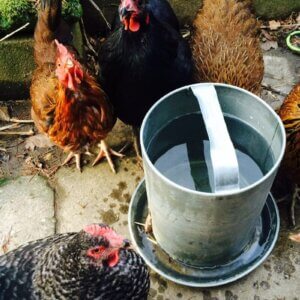
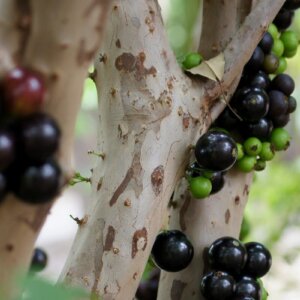





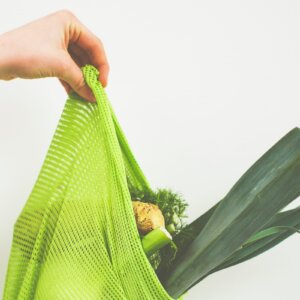



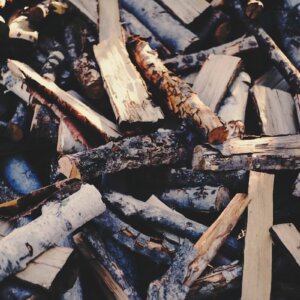
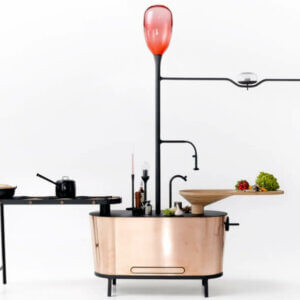
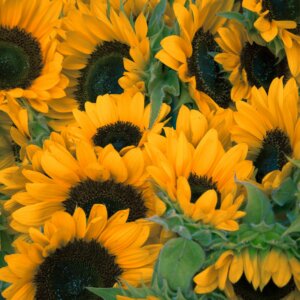


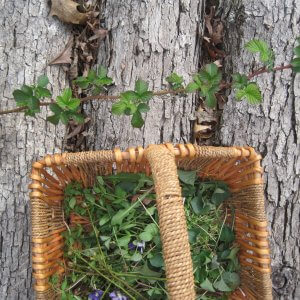




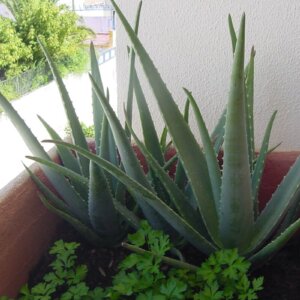


Leave a Reply